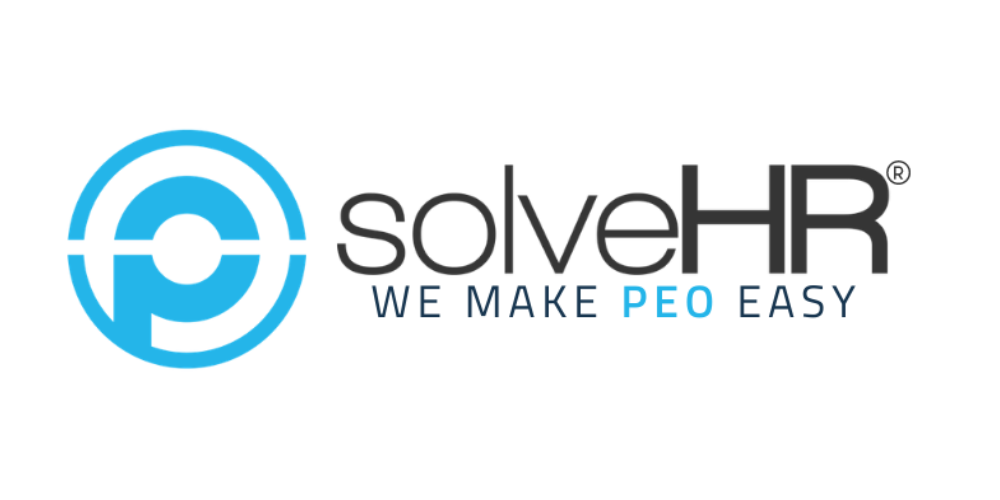- 09/15/2020
- Posted by: SolveHR-IT
- Categories: Culture & Retention, Recruitment & Selection, Training & Development

Do you find that you are constantly putting out fires in your business? That it seems like it’s just one crisis after another. Are you consistently dreading the next challenge that awaits your business? If you answered yes to any of those questions, then you might be implementing a reactive HR strategy for your business.
Being proactive in your HR implementation can end up saving your organization time, money, and effort by planning ahead of the crisis and being less reactive to the stresses of operating a business.
This week we wanted to give you a way to become more proactive in your HR and make that strategic leap to an automatic business that’s (mostly) worry-free.
Having a Proactive Conversation with Employees
So how do you go about becoming proactive? It starts with having a conversation with your employees. Specifically, you want to have discussions with your team leaders to figure out the company’s mission and vision:
- Talk about what the company needs to grow
- Figure out where the gaps between where the company is and its goals
- Identify strategies that can help your company reach its goals
By opening a dialogue with your employees, you gain a unique boots on the ground perspective that can give you insight into how the company needs to grow and change. Who better to have a conversation about your company’s future than with the employees who see it operate every day?
Developing a Proactive Strategy
Now that you have some ideas from your team you can begin to put together a strategy on how to reach where you want your business to be. If you haven’t talked to your team yet, then don’t worry we’re going to use a few examples on how to build a strategy that would benefit any business:
Proactive in Recruitment– Being proactive in recruitment is key to quickly filling key roles when a vacancy opens. You don’t want to be scrambling to find a replacement for that one employee who puts in their two weeks unexpectedly. This requires that you plan for succession either from within your company or from a pool of qualified candidates. That way, when an important employee does leave you have someone to take their place.
Proactive Employee Development– Being proactive in developing your employees requires that you think about where you want your business to go. Say for example you want to start expanding to other areas in your state then you would invest not only in hiring, but the training of those new employees to better help you expand your business. If your goal is to build new products and ideas than maybe employee training programs that foster creativity would be a good bet.
Proactive use of Data- You need to be able to look at your business and point to where it is lacking. This is where a proactive use of analytic tools and data can help you figure out what direction to even begin with. If you aren’t already tracking things like employee productivity, turnover, sales figures, or anything that you would want to track then now is the best time to start and utilize that data to help your business grow.
Proactive use of Goals– seems like a no-brainer but setting goals for your business is important. If you don’t know where you want to go then it makes all the other items in this list pointless. Setting a group of quarterly goals can help your business accomplish short term victories while staying on the growth path in the long term.
Benefits of a Proactive Strategy
We’ve talked about how to be more proactive in your business, but let’s talk about how it benefits your business. Companies that have a proactive HR strategy as opposed to a reactive HR strategy have been shown to help save the proactive company around $300 million by avoiding costs related to hiring and training replacements.
Another advantage that businesses with a proactive HR have is that they have been shown to construct a culture that creates creativity and innovation, according to a recent Wiley study. The point is that having a proactive HR not only saves money but also creates a creative culture within your business. This is huge when it comes to growing a business of any size, as it means that all it takes is a little planning to receive huge benefits.
Still not convinced? Well, we asked our HR team to put together a few more benefits that we put together in the list below:
- Reduces time to hire
- Strengthens workplace culture by fostering growth and innovation
- Builds a better employee brand
- Increases employee retention
- Builds confidence in company leadership
- Allows for clearly defined goals for the company
- Allows for proactive crisis solving before problems arise
- Reduces company stress
As you can see it there are huge benefits to being proactive in HR. A little planning can help guide your organization to the next level by asking how and implementing strategies to achieve your goals. HR is becoming more than just a reaction to issues that arise and becoming more of a position that draws sound, evidence-based plans and goals for a business to act on.
Are you struggling with managing your human resource needs? SolveHR offers several transactional and strategic HR services to help your business. Contact us today to find the right solution for you, so you can focus on what matters—growing your business!
Subscribe to receive all our blogs
Written by: Matthew Muriel
Meet Matthew! Matthew is our content writer and has been working with us for a year. He enjoys working for SolveHR because it allows him to practice his copywriting and allows him to build experience in his fledgling career. Matthew studied at the University of Texas at San Antonio and earned his degree in English with a concentration in Professional Writing. He values learning new processes in the HR industry and then conveying those ideas to the company’s clients. When he isn’t working, he enjoys reading nonfiction, with his favorite book that he recently read being The Gene by Siddhartha Mukherjee. If he could go anywhere in the world he would travel across the United States and visit all of the national parks.

